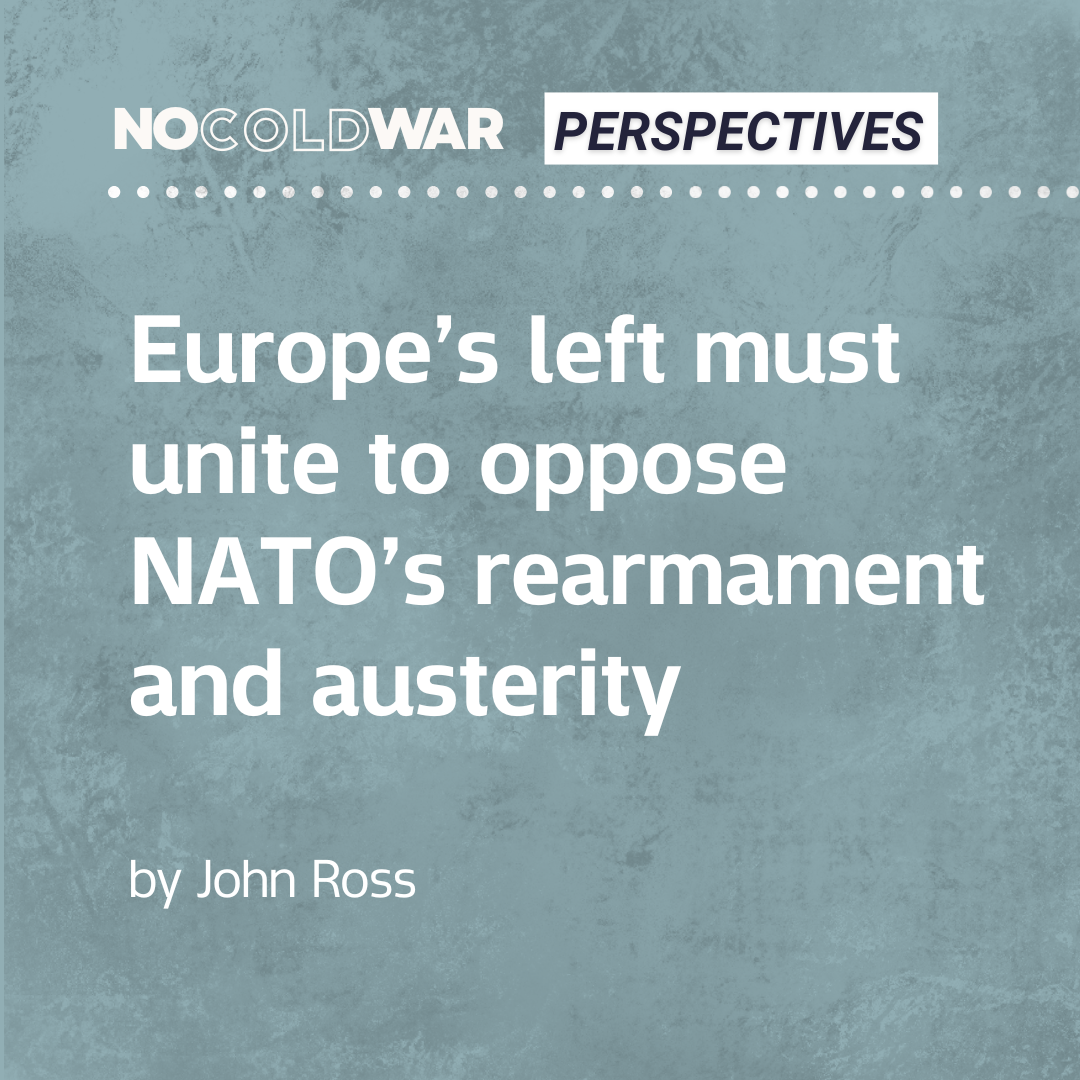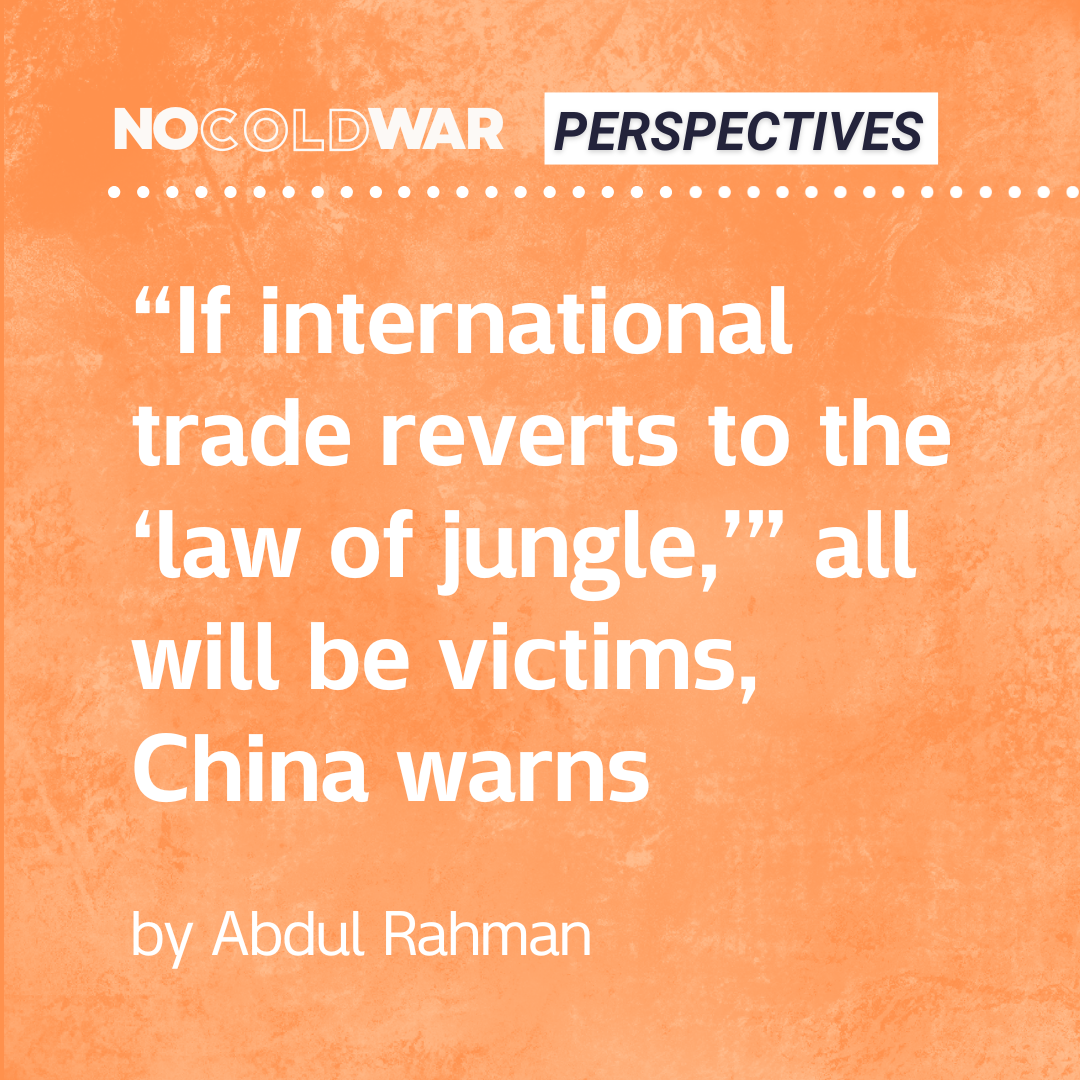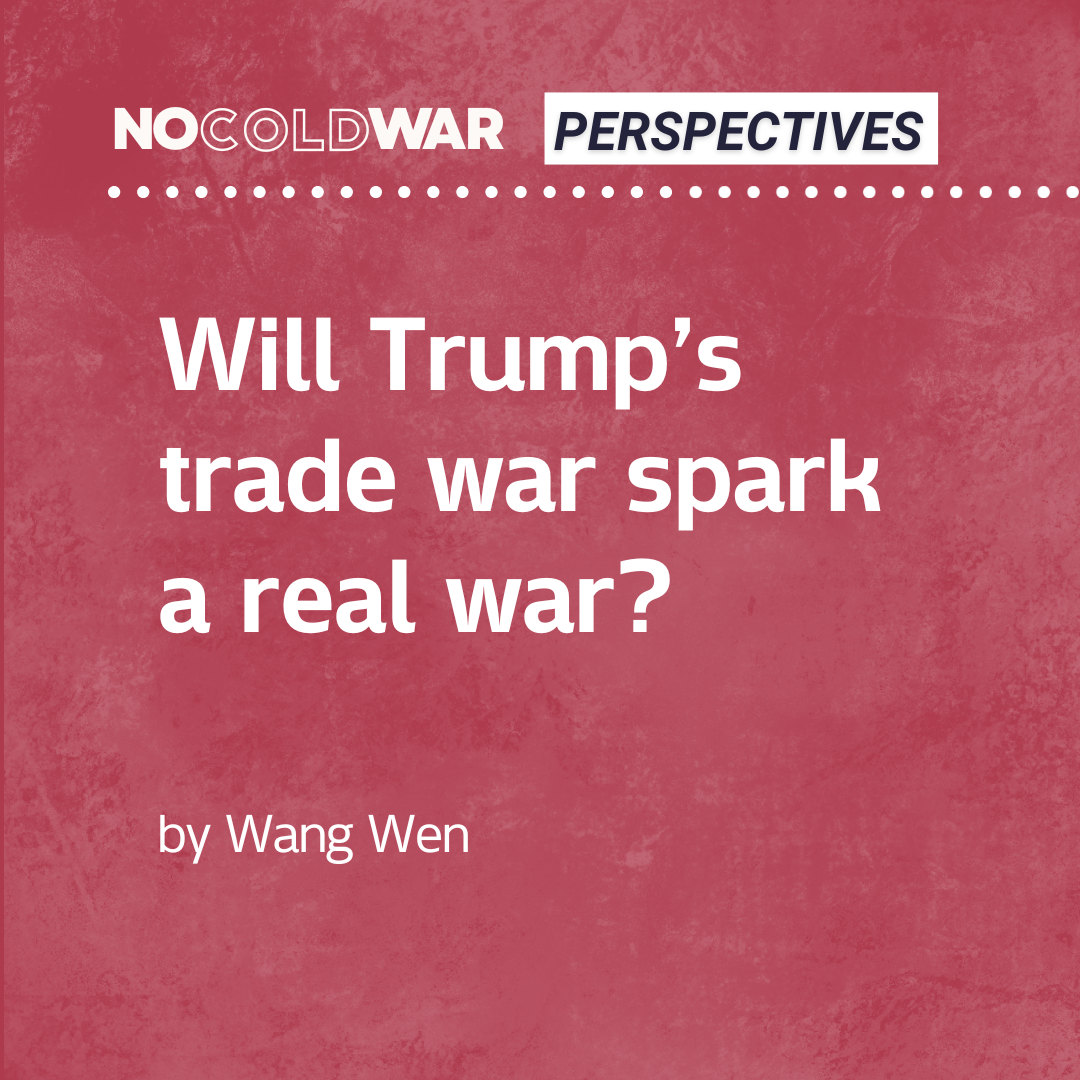
It has been nearly a month since the Trump administration announced the imposition of so-called “reciprocal tariffs” on U.S. trading partners – thereby provoking a global trade war. But the development of the situation has greatly exceeded the expectations of the U.S.. Not only did the Chinese government take the lead in showing a clear attitude of being willing to respond to the U.S. “to the end” but the anti-bullying positions of the international community have become louder.
Due to a focus on this situation in which the U.S. is fighting indiscriminately, and China is responding to each move, the trend of China’s domestic public opinion is also changing. The views once put forward in some places of a “China must lose theory” and the “surrender at the speed of light theory” are disappearing. More and more people realize that China “knows what it is doing and it has cards to play in its hands”.
But at this time, however, new misconceptions have also appeared.
One is “quit while you are in the lead”, thinking that China’s “tough stance” will eventually be difficult to maintain. Now the Trump administration seems to be softening it is necessary to stop at the right moment, claim that a small loss is in fact a victory, and make concessions and compromises as soon as possible to reach an agreement to avoid entering a stage of a difficult strategic stalemate.
The other view is that “victory is in sight”. which, seeing the US’s chaotic actions and softened rhetoric, then thinks that “the U.S. is afraid”. This view optimistically predicts that the outcome of the trade war has already been decided and China will soon be able to achieve a complete victory.
So, why are these arguments wrong, and how can we rationally view this present round of Sino-US struggle?...





